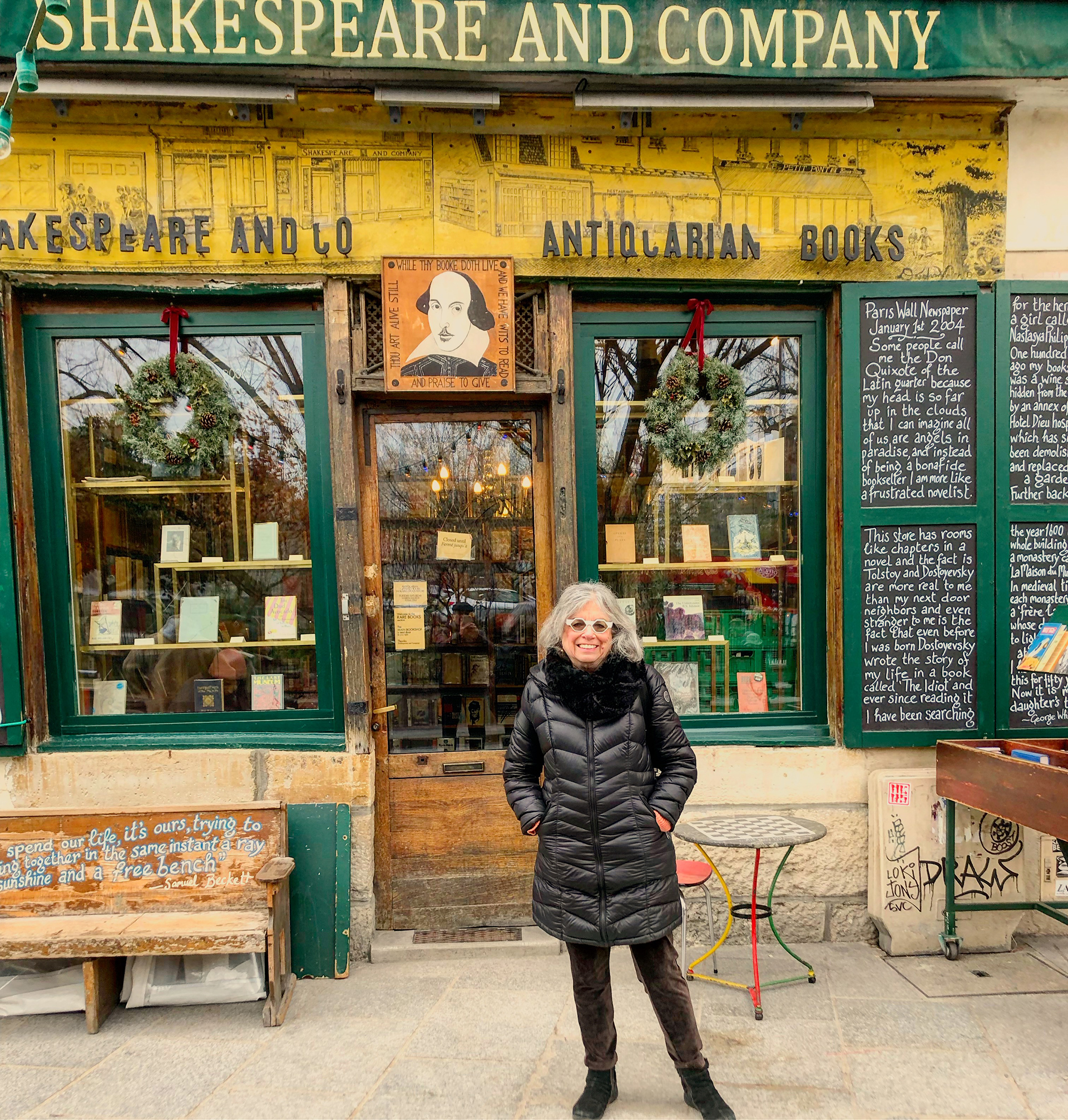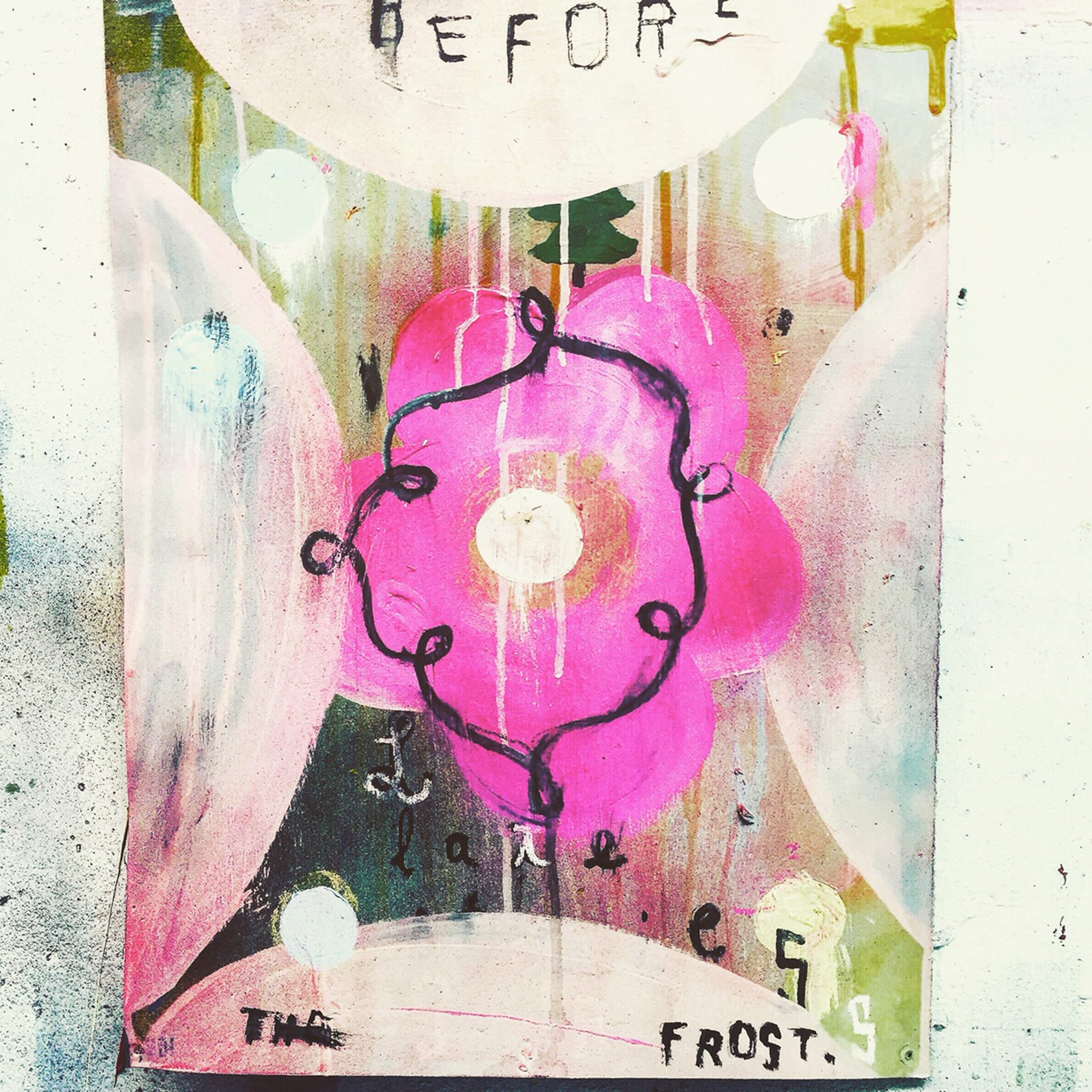Brody-Lederman’s Parisian Dream


New York artist Stephanie Brody-Lederman’s works have found an international audience. Locally, she’s shown works with Elaine Benson, Arlene Bujese, and Sara Nightingale, has won Best In Show twice at the Guild Hall Members Show, and had two solo shows at Guild Hall.
Christina Strassfield curated one of Brody-Lederman’s solo shows at Guild Hall, which featured “Outdoor Girl.” From there, it was shown at the Museum of Design in Atlanta. Now, Brody-Lederman’s painting is permanently installed in the famed Shakespeare and Company Bookstore in Paris.
Artwork by Stephanie Brody-Lederman.

How does it feel to have a permanent installation at Shakespeare and Company in Paris?
It is a dream come true! As many of us know, Shakespeare and Company was the headquarters of the “Lost Generation” in Paris. Gertrude Stein, Ernest Hemingway, André Gide, and F. Scott Fitzgerald graced its doors in the 1920s and ’30s. “Ulysses” by James Joyce was published by Sylvia Beach, the proprietor, in 1922. So, understandably, the literary vibes are overwhelming me. In 2001, I saw a bulletin board outside Shakespeare and Company in Paris. I photographed it and a few years later used some of this text as part of “Outdoor Girl.”
How did that come about?
I sent them a picture of my painting, not knowing anyone there. I received a reply: “We love this painting. Is it for sale? If so, how much is it?” That’s really the way it happened.
Are you a fan of William Shakespeare?
I am a fan of the astute psychological characters created by Shakespeare. I often think of them as I go about my life. I also try to bide my time when action is impossible, as did Desdemona. And I must admit that the Calypsos appear quite fun-loving, although very politically incorrect in our current environment. And in my art career, I often feel similar to Odysseus on his quixotic journey.
What connections do you have to the Long Island area?
My connections to Long Island are many. My husband and I brought up our two daughters, first in Manhattan and later in Great Neck. It was then, when they were little, that I got my master’s degree in painting from CW Post/Long Island University.
Your father seems to be a big influence on your life. In what ways?
I grew up in the Bronx. We moved many times because we could get rent concessions. It was post WWII. My father was in the real estate business, loved art, and took classes at the New School. He opened an art gallery in what is now Tribeca and invited all his New School professors to show there. He hung out with the artists of the ’50s.
My father took me on excursions all over NYC to “look at property.” When I was very much a young tad, we went to Harlem, Chinatown, Little Italy, the Battery. We went to museums between meals. I feel that probably the most important part of my art education was learning to look, really look at everything in my personal viewfinder.
What inspires you?
I am inspired by the humorous, often contradictory, aspects of everyday life, by visual stimuli and literary references. I am greatly influenced by the movies of François Truffaut, Éric Rohmer, Federico Fellini, and Bernardo Bertolucci.
I want the viewer to complete the work with his/her own history. There is no one “answer” as to what my work is about. My images often change, from birds to cherries to dogs to trees to flowers to tablecloths, etc. I use ordinary images which I imbed with psychological meaning within. I have always used words and image in my work.
In college, I kept changing my major from art to creative writing. I have taken poetry workshops at the 92nd Street Y with Christopher Lehmann-Haupt. I write stand-alone poetry that has been published in The Paris Review and other literary journals.
What’s your creative process like?
I spend a long time sitting on my couch in my studio, looking at a canvas in process and thinking. When I am drained, I go to IKEA in Brooklyn or Asia Society in NY for the visuals.
What artists do you admire?
I most admire writers and filmmakers: Mary Oliver, Mary Karr, Alice Munroe, Truffaut, Fellini. The painters Kiki Smith and Pierre Bonnard. If I could have a conversation with any of them, I would ask Bonnard how he makes his dachshunds so adorable.
What is your philosophy on life?
Life is a crapshoot and you have to be lucky. When things get tough I cook, make bad art, and read biographies of people I consider cool. I also drink a lot of wine, and tell myself that life turns on a dime, and good things always happen to me eventually. I know that I must just put one foot in front of the other and go forward.
What do you consider your biggest success?
I have had many wonderful things happen to me regarding my art. I have won grants, had my work on the covers of The Paris Review and L’Oeil Magazines, had B.H. Friedman, John Perrault, John Gruen, Edward Albee, and Edward Gomez write about my work, and had a marvelous studio visit with Henry Geldzahler. I’ve had reviews in the International Herald Tribune by Michael Gibson.
I also have many erudite collectors who are loyal, intelligent, and well respected — not to mention this Shakespeare and Company purchase or this Indy interview. But I feel that Albee buying two works of mine for himself, coming to my Williamsburg studio and later personally taking me on a tour of his home in Montauk, and then becoming an ongoing friend and art fan, that is the most important event of my art career.
View Brody-Lederman’s work at Sara Nightingale Gallery in Sag Harbor or visit http://www.stephaniebrodylederman.com.
nicole@indyeastend.com



